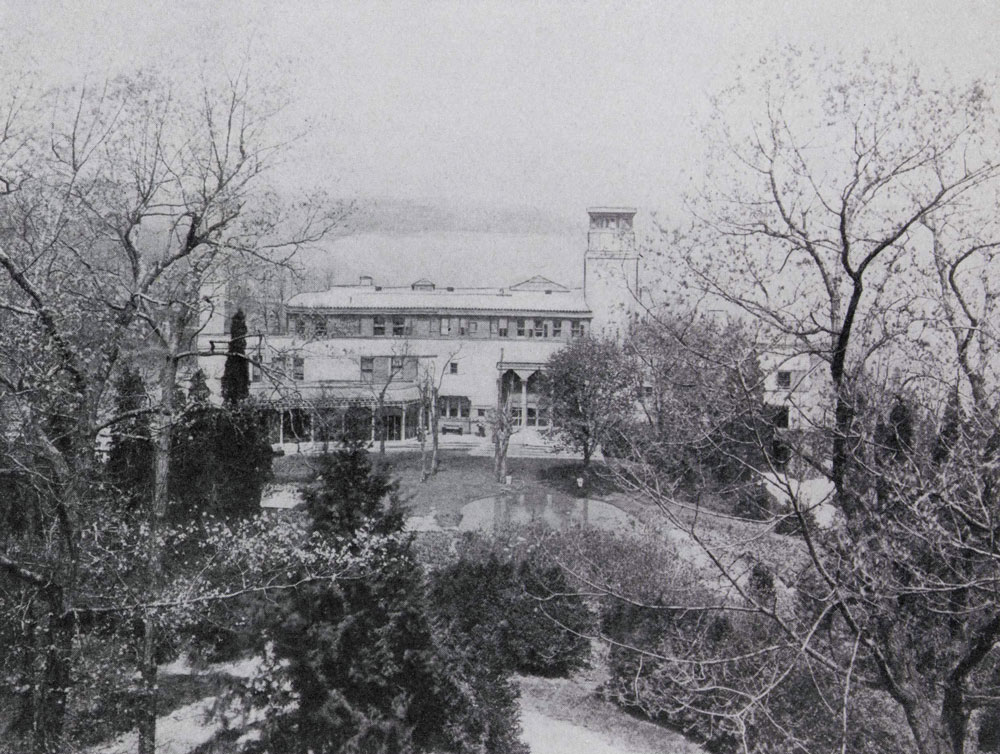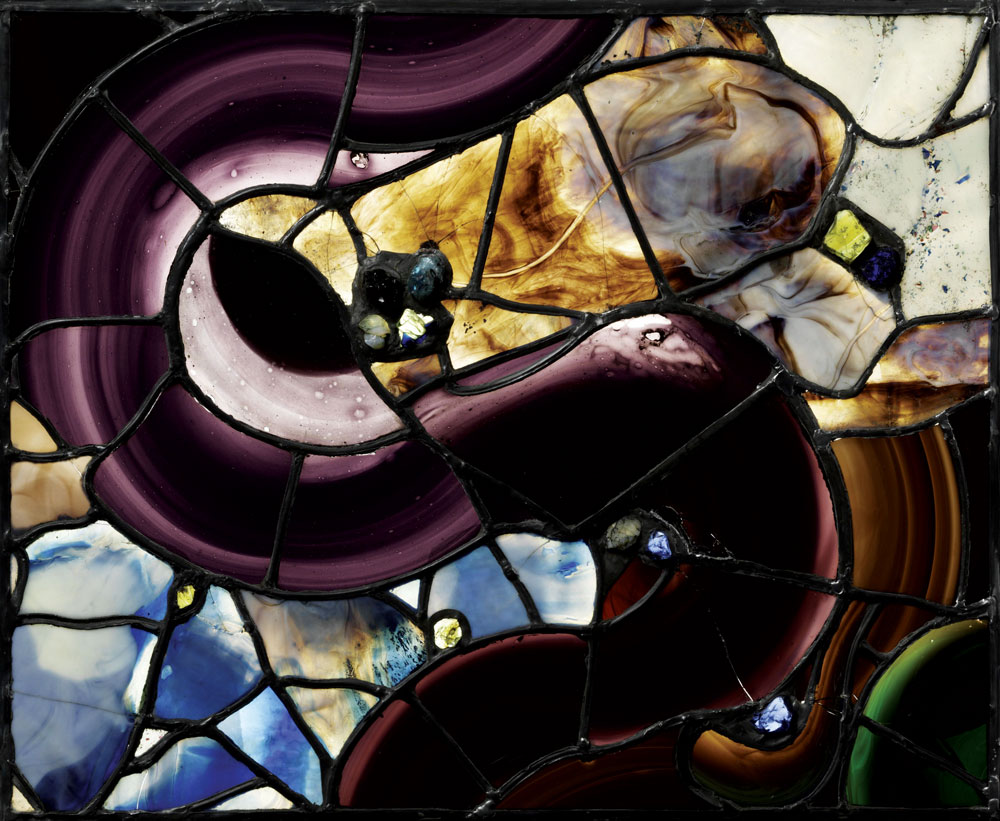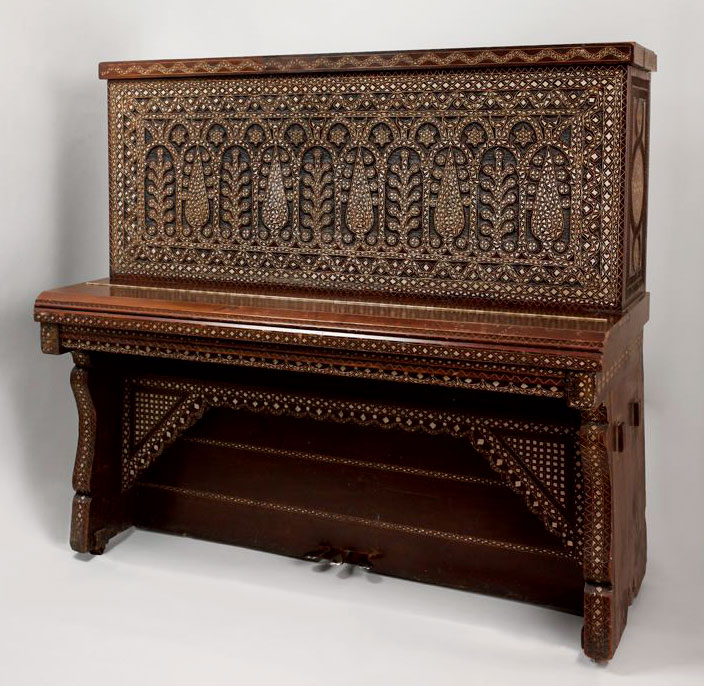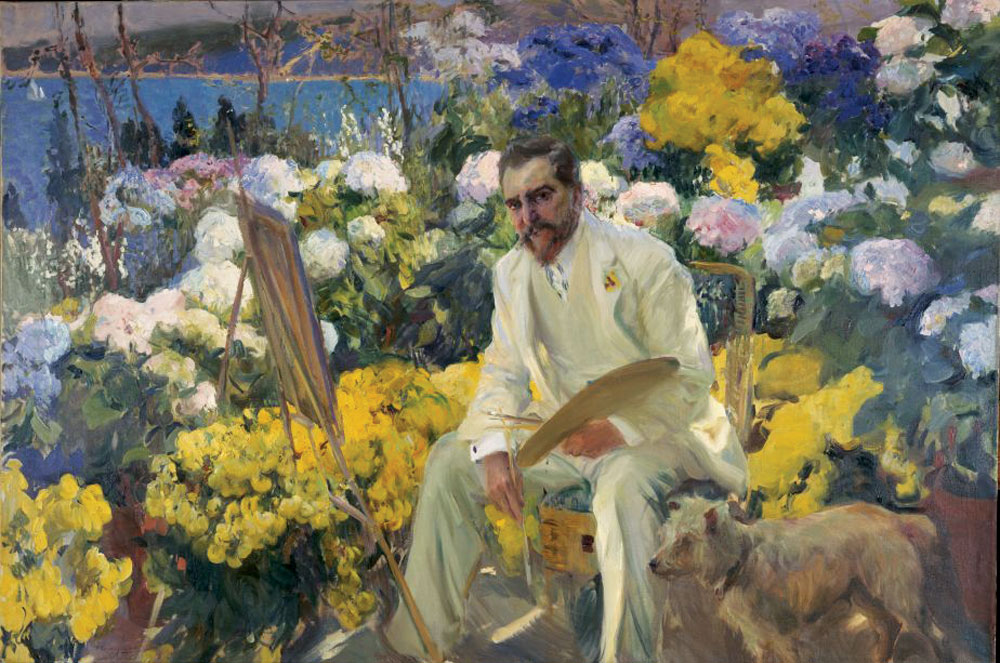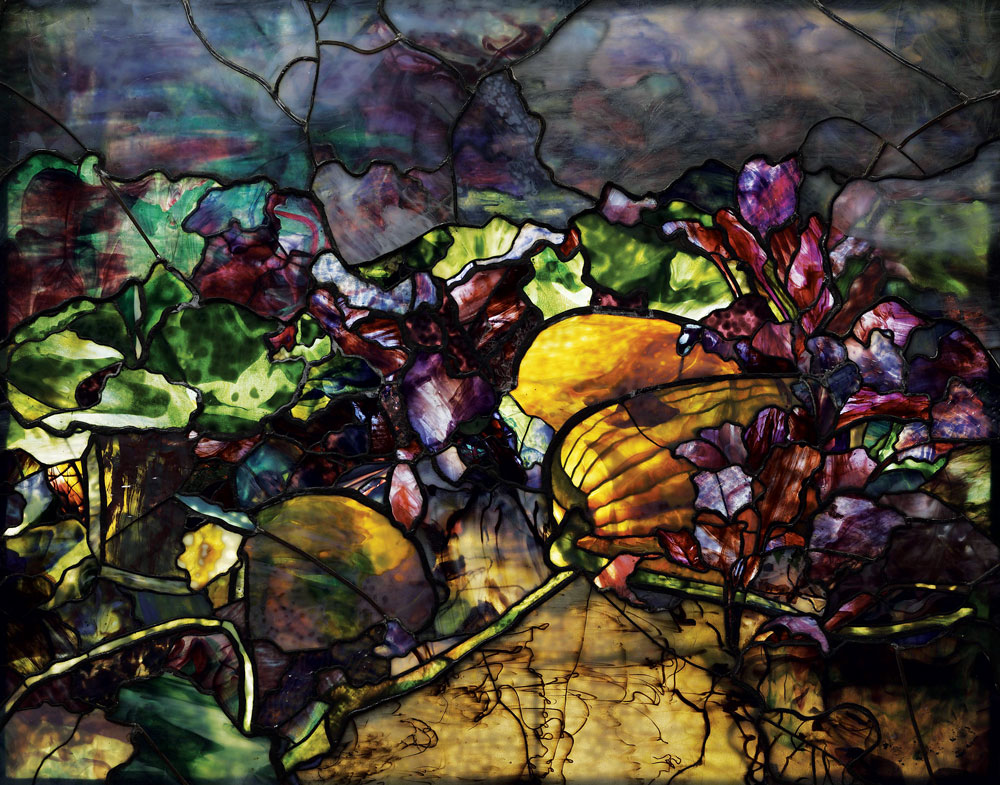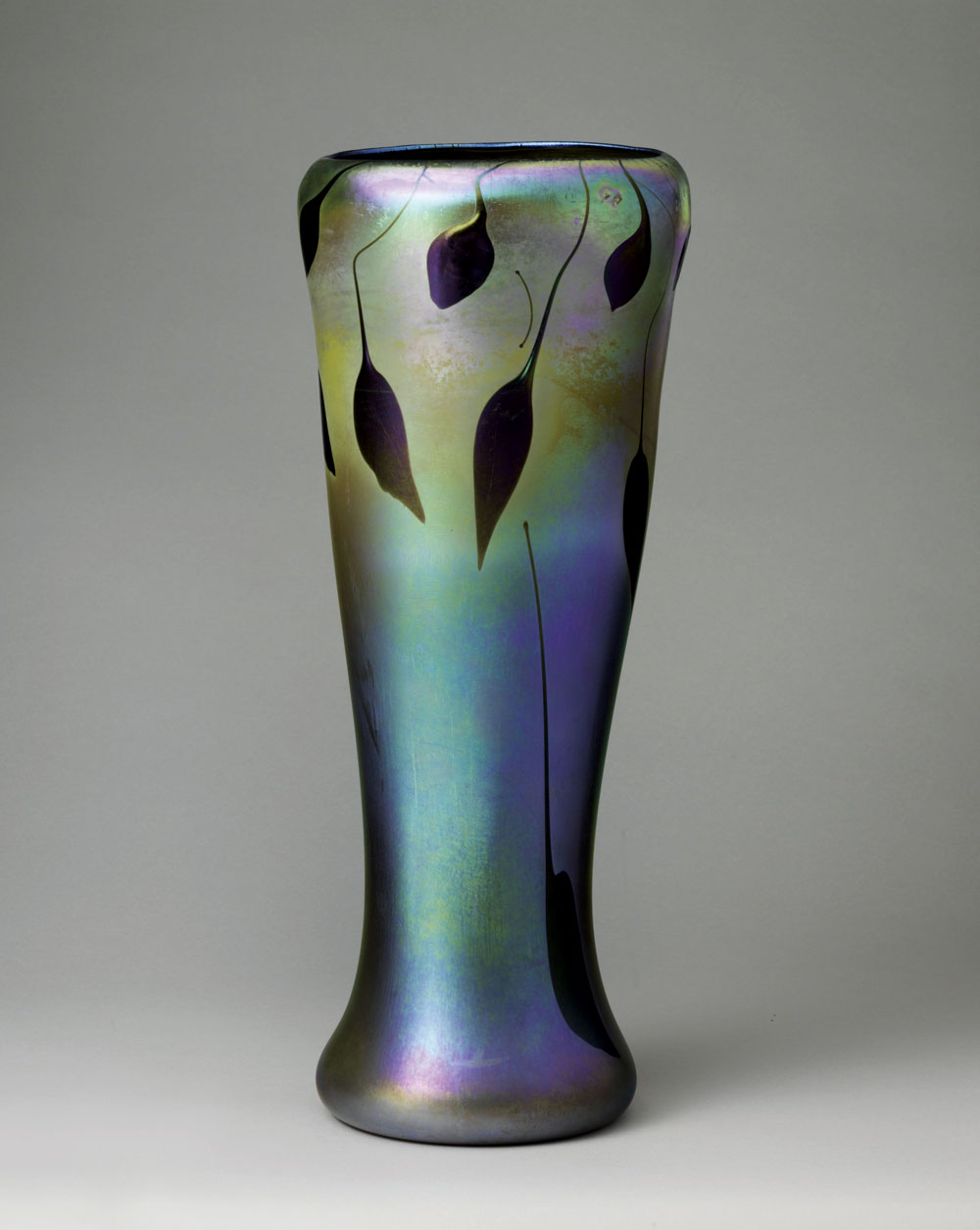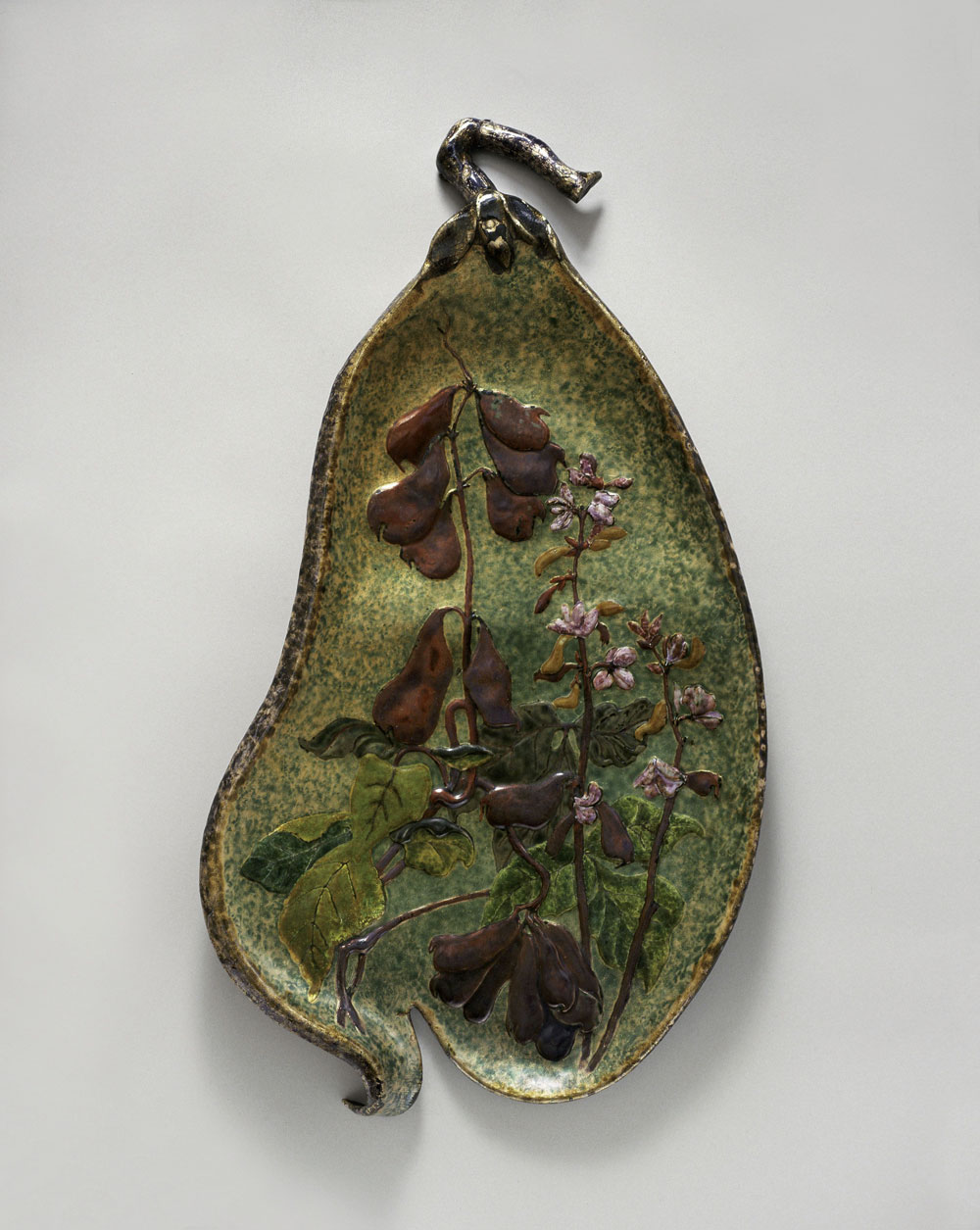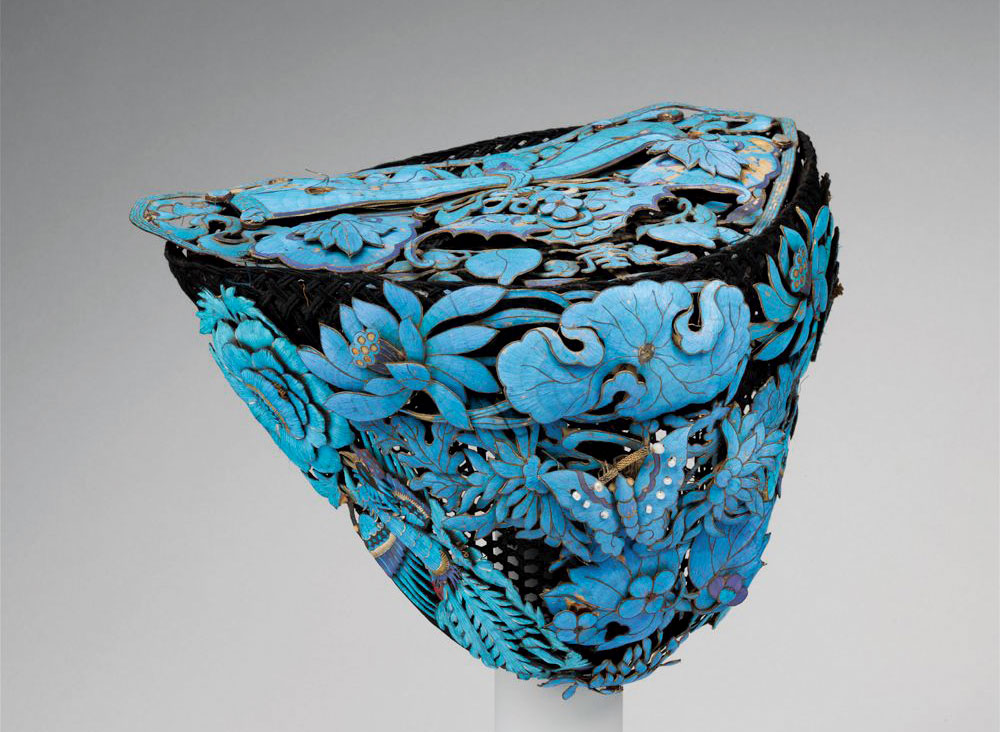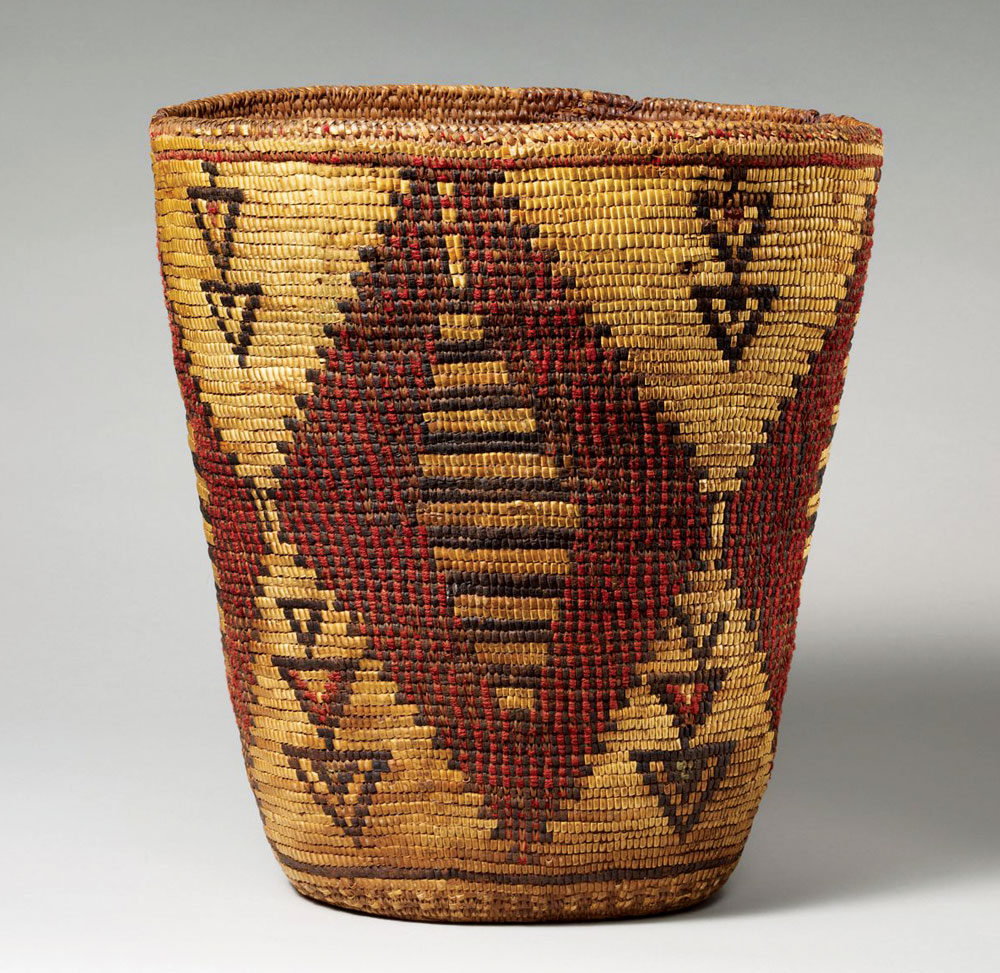Louis Comfort Tiffany and Laurelton Hall
This archive article was originally published in Antiques and Fine Art Magazine.
Artist and designer Louis Comfort Tiffany (1848–1933), son of Charles Lewis Tiffany, founder of the famed New York jewelry firm built his dream home in Oyster Bay, New York, between 1902 and 1905. On nearly 600 acres overlooking Cold Spring Harbor, the eighty-four room, eight-level Laurelton Hall (Fig. 1) was surrounded by terraced gardens, fountains, pools, stables, tennis courts, greenhouses, a studio, an art gallery, and the chapel from the 1893 Chicago World’s Fair. A visitor to Laurelton Hall once commented: “To me the house, half hidden in the native woods of Cold Spring Harbor, is notable for many things, and they can be briefly expressed in three words. They are modernity, utility, beauty.”1 Although destroyed by fire in 1957, surviving architectural elements and windows saved by Hugh F. and Jeannette G. McKean are now part of the collections of the Charles Hosmer Morse Museum of American Art, the museum Mrs. McKean founded in Winter Park, Florida, in 1942. A decade before the fire the contents of the house were sold in an auction at Parke-Bernet Galleries, New York, to benefit the Louis Comfort Tiffany Foundation.
Primarily known for his work in Favrile glass, the iridescent and opalescent glass he invented, and for his leaded-glass windows, Tiffany worked in virtually every artistic and decorative medium, including mosaics, lighting, pottery, metalwork, enamels, jewlery, and interiors. Laurelton Hall was truly Tiffany’s greatest achievement as he designed every aspect of the house and grounds. An exhibition on view [in 2007] at the Metropolitan Museum of Art, Louis Comfort Tiffany and Laurelton Hall—An Artist’s Country Estate brings together many of the surviving architectural elements of the house along with objects from Tiffany’s personal collections that once adorned it.
Tiffany resided in and decorated several residences in Manhattan prior to building Laurelton Hall. In 1878 he moved with his growing family from his first studio and apartment in the Association Building (also known as the YMCA building) to the newly constructed Bella Apartments at 48 East Twenty-Sixth Street. The Aesthetic Movement interiors he created there were inspired by a variety of cultures, including Japanese, Islamic, and Indian. Within these uniquely conceived rooms, Tiffany also illustrated a tendency toward progressive design, as demonstrated by one of the few surviving objects from this interior, an abstract window from the entrance hall of the Bella apartment (Fig. 2). This window utilizes both experimental opalescent and marbleized glass, along with early confetti glass, as well as colored crown glass and rough-cut glass “jewels” to evoke a painter’s sweeping brush strokes.
When his father had the firm of McKim, Mead, and White design a multifamily house at Seventy-Second Street and Madison Avenue, which was completed in 1885, Tiffany was free to decorate his apartment on the top two floors. Bursting with objects from India, Japan, and China, Tiffany’s top floor studio was a magical and exotic space for artistic creations and social gatherings. A Steinway & Sons piano case (Fig. 3) that he designed for this apartment and later took to Laurelton Hall was inspired by a nineteenth-century Damascan chest in the vestibule to his studio.2 He incorporated the decorative motifs found on the chest —stylized cypress trees and roses, six-point stars, and crescents—in the piano case and cleverly simulated the appearance of mother-of-pearl inlay by carving and accentuating the motifs in silver and gold.
The move to Laurelton Hall twenty years later offered Tiffany the opportunity to exercise his talents on a grand scale. The current exhibition focuses on three principle public rooms: the Fountain Court, the dining room, and the living hall, and incorporates his collections. These include his prized examples of paintings, Favrile glass, enamelwork, pottery, and leaded-glass windows, as well as a wide variety of Asian and Native American works.
Loosely based on the courts of the Alhambra, the Fountain Court served as one of the main rooms, the entrance hall, and as an extension of the gardens, and unified Tiffany’s predilection for nature and exoticism. Three-stories high with two floors of balconies, the room was defined by eight pairs of marble columns that created an octagonal formation around a central pool that held a tall teardrop-shaped glass vase. The room was heavily inspired by Islamic design; its palette of blue and green recalling the glazes of Iznik tiles, with stylized Cypress trees depicted on the walls and a tripartite niche inspired by a muqarnas, an Islamic “stalactite” vault design to display Tiffany’s own collection of his Favrile glass and pottery. A leaded-glass dome described as a “thin violet-toned gossamer-like awning” enhanced the setting.3 Seasonal flowers and tropical plants from Tiffany’s gardens and greenhouses framed the perimeter of the interior court. A series of glass fountains introduced water into the court and flowed outdoors via a marble conduit system. Joaquín Sorolla y Bastida’s (1863–1923) portrait of Tiffany (Fig. 4) hung above a divan. Tiffany, with palette and easel, sat for the painting with his dog, Funny, in May 1911. The two are enveloped by multihued hydrangea and vibrant yellow pocketbook plants, with Cold Spring Harbor in the distance.
The dining room was located to the west of the Fountain Court. The decoration was said to have been inspired by a blue and white Chinese embroidered medallion, presumed to be part of his collection. The medallion motif was reproduced in the blue and white carpet and echoed in the pattern of a broad leaded-glass shade in blue, cream, and celadon green. The starkly simple 13-1/2-foot-high Vermont marble chimney breast that anchored one side of the room was sparsely embellished with three clock dials framed by blue and green glass mosaic. This planar modern mantelpiece was the only interior architectural element to survive the 1957 fire.
The living hall was situated to the east of the Fountain Court. It was also called the “forest room” because the walls and ceiling were painted with horse chestnut leaves that shaded from light to dark green from top to bottom. The decorations were en suite, including the five leaded-glass shades in shimmering iridescent emerald green glass that hung from a massive iron yoke above Tiffany’s desk. Even the pottery and desk set items were selected to coordinate with the overall color palette. In around 1914 Tiffany transformed this space into a virtual museum for some of his best leaded-glass windows. He filled each of the window openings with different windows that spanned from the earliest (Eggplant) dating to about 1880, to his enormous composition, The Bathers of 1914, the latter of which was destroyed during the fire. Several of the windows at Laurelton had been featured at the 1900 Paris Exposition, notably the larger Four Seasons, originally framed by a gold and opalescent glass border. Tiffany later separated the Seasons panels when he had them installed at Laurelton Hall. Another window and one of the most painterly, Pumpkin and Beets depicts two large pumpkins growing amidst their luminous green foliage, juxtaposed with brilliant fuchsia beet leaves (Fig. 5).
Windows were only one aspect of the “museum” Tiffany created at Laurelton Hall. He also brought together many of his most celebrated works in blown glass, pottery, and enamel. He displayed a wide variety of his wares side by side in museum-style fabric-lined cases encircling the balcony of the Fountain Court. Many were of large scale, notably a blue iridescent glass vase with a decoration of deep blue leaves (Fig. 6). In addition to glass, Tiffany retained many fine examples of enamelware that his workshops began producing in about 1898. Among these were numerous small repoussé bowls and dishes featuring various wildflowers in naturalistic colors. The most impressive of the enamels he kept for himself—a gourd-shaped plaque with repoussé decoration—was also one of the largest executed (Fig. 7). Like several others his studios produced, the shape echoed the decoration of the individual vegetal forms and it displayed a range of finishes from the lightly mottled background to the lustrous opaque enamel of the fruits. Like many of the windows at Laurelton Hall, this plaque was shown at the Exposition Universelle in Paris in 1900.
Tiffany acquired numerous Chinese and Japanese works of art throughout his life, and displayed many of them in a Japanese room and a Chinese pavilion at Laurelton Hall. His diverse collections included extensive holdings of rare carpets, thousands of Japanese tsuba (sword guards), prints, lacquer ware, and screens, as well as Chinese furniture, jades, and two delicate Chinese imperial headdresses (Fig. 8). Each is intricately worked with silver gilt and covered with jewels, brilliant blue kingfisher feathers, and motifs of peacocks, butterflies, and lotus blossoms.
Tiffany also formed a substantial collection of Native American baskets, beaded buckskin dresses, miniature baby carriers, and saddlebags, carved horn, sealskin objects, and even a tall totem he placed in his mile-long drive. He appreciated the dexterous craftsmanship and bold patterns of such works, and contrived a gallery-like display for them in his “American Indian Room,” in the converted bowling alley on one of the lower floors at Laurelton. He acquired a large number of California and Northwest coast baskets on travels to the West, which he often made in the company of Hudson River School painter and interior designer Samuel Colman (1832–1920). Sold at the 1946 auction, most of the items remain unidentified. One exception was the group purchased by Electra Havemeyer Webb that she ultimately gave to the Shelburne Museum, which she founded in 1947. Among the highlights of this group is a large basket with a boldly imbricated design highlighted in red wool (Fig. 9).
The most ambitious installation in the current exhibition was the erection of the pergola-like structure that extended from the corridor off the dining room into the gardens and was known as the Daffodil Terrace. Virtually all but two columns have been in storage at the Morse Museum since the 1957 fire. The eight white marble-faceted columns on octagonal bases supported fanciful capitals composed of brilliant yellow glass daffodils on green glass stems. Tiffany built the terrace around a living pear tree. Iridescent blue panes made of glass and lead surrounded the tree, which created the impression of looking at the pear tree through a trellis with a bright blue sky in the background. The terrace integrated the interior and exterior spaces of the house and sums up, in part, Laurelton Hall itself in its incorporation of elements from the near East and imaginative motifs from nature.
Laurelton Hall was the ultimate expression of the artistry and design of Louis Comfort Tiffany. Every aspect of the house and grounds was carefully considered as a completely controlled work of art. Laurelton Hall was a unique testament to the cultures and ideas that stirred his creativity.
The exhibition Louis Comfort Tiffany and Laurelton Hall—An Artist’s Country Estate, was on view November 21, 2006 to May 20, 2007. It was organized by The Metropolitan Museum of Art in collaboration with the Charles Hosmer Morse Museum of American Art, Winter Park, Florida. A catalogue written by Alice Cooney Frelinghuysen, with contributions by Richard Guy Wilson, Julia Meech, Elizabeth Hutchinson, Jennifer Perry Thalheimer, and Barbara Veith is available. For more information visit www.metmuseum.org.
-----
Alice Cooney Frelinghuysen is the Anthony W. and Lulu C. Wang Curator of American Decorative Arts at The Metropolitan Museum of Art in New York.
Monica Obniski is a Research Assistant in the department of American Decorative Arts at The Metropolitan Museum of Art in New York.
This article was originally published in the 7th Anniversary issue of Antiques & Fine Art magazine. AFA is affiliated with Incollect.
2. See photo of vestibule in Alice Cooney Frelinghuysen, Louis Comfort Tiffany and Laurelton Hall—An Artist’s Country Estate (New York: The Metropolitan Museum of Art, 2006), 36.
3. Samuel Howe, “A Country House with Human Appeal,” in Long Island Home Journal (March 1914): 5.















